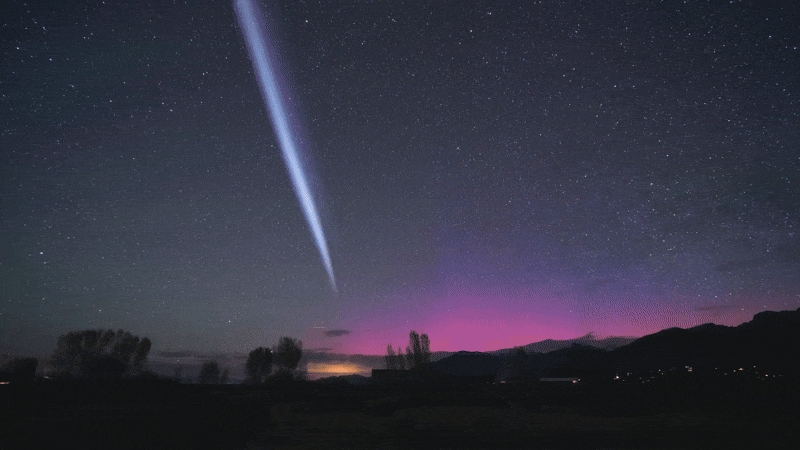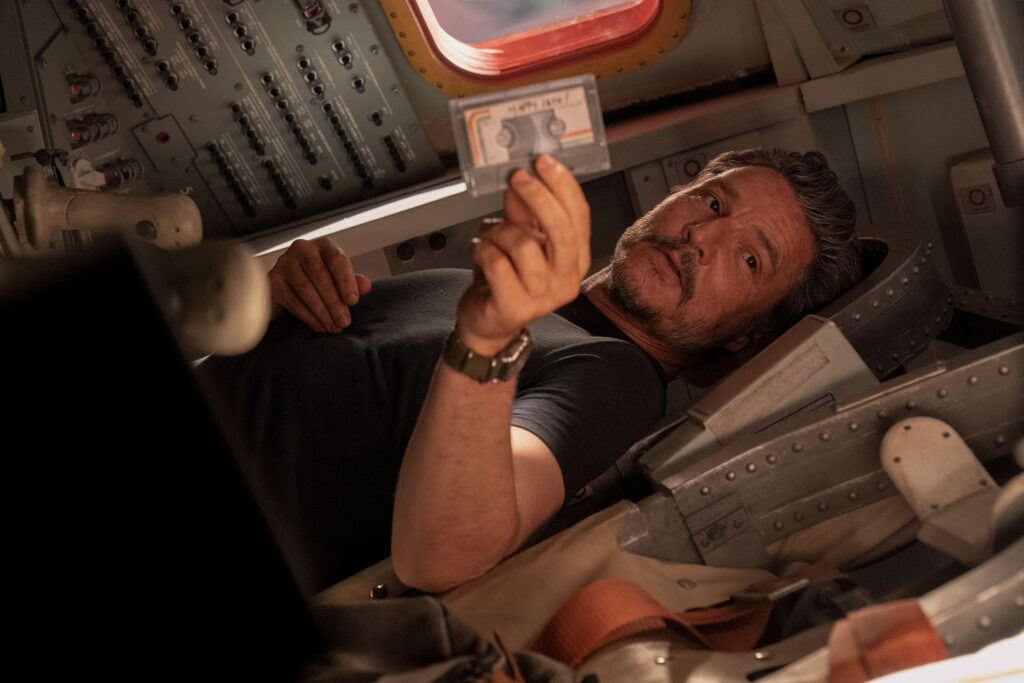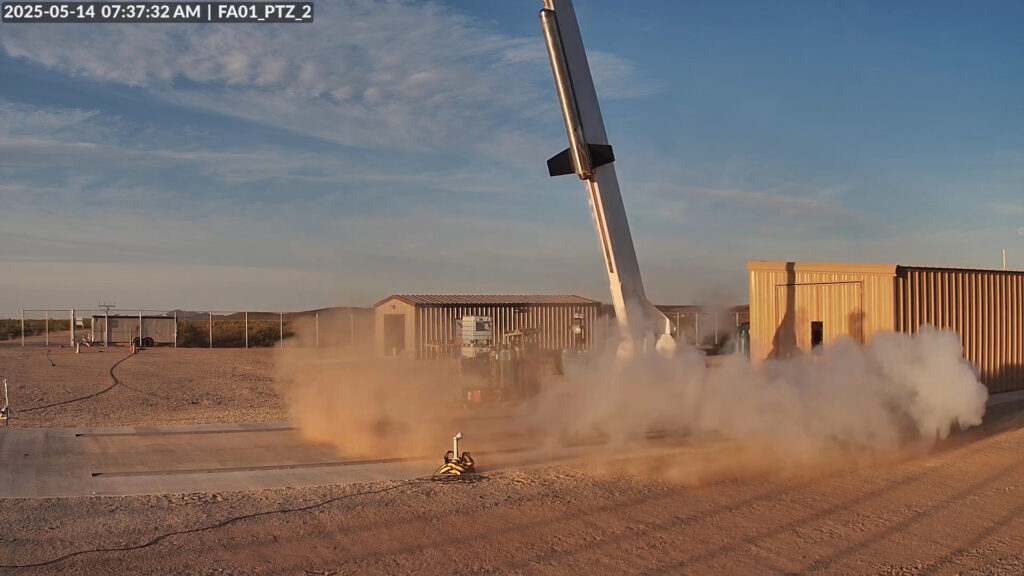“I’ve come a long way from thinking, ‘Well, I did this whole dissertation on geysers, what it would take for them to erupt, for a spacecraft to see them, and that people might not take me seriously as a scientist because of it,’ to being on the Europa Clipper camera team involved in investigating these plumes and ensuring we can image them if they’re there. It’s a full-circle moment.” – Dr. Lynnae Quick, Ocean Worlds Planetary Scientist, NASA’s Goddard Space Flight Center
Related posts
-

Mysterious white streak spotted over US skies during surprise aurora storm. What was it? (photos)
The night sky offered lucky skywatchers an unexpected double feature on May 17 — a surprise... -

All about the abandoned Apollo capsule in ‘The Last of Us’ (Season 2, Episode 6)
Whether you are a fan of space exploration history or of the game on which the... -

Venus Aerospace debuts potentially revolutionary rocket engine with landmark 1st flight (video)
Houston-based startup Venus Aerospace has completed the first-ever test flight of a rotating detonation rocket engine...